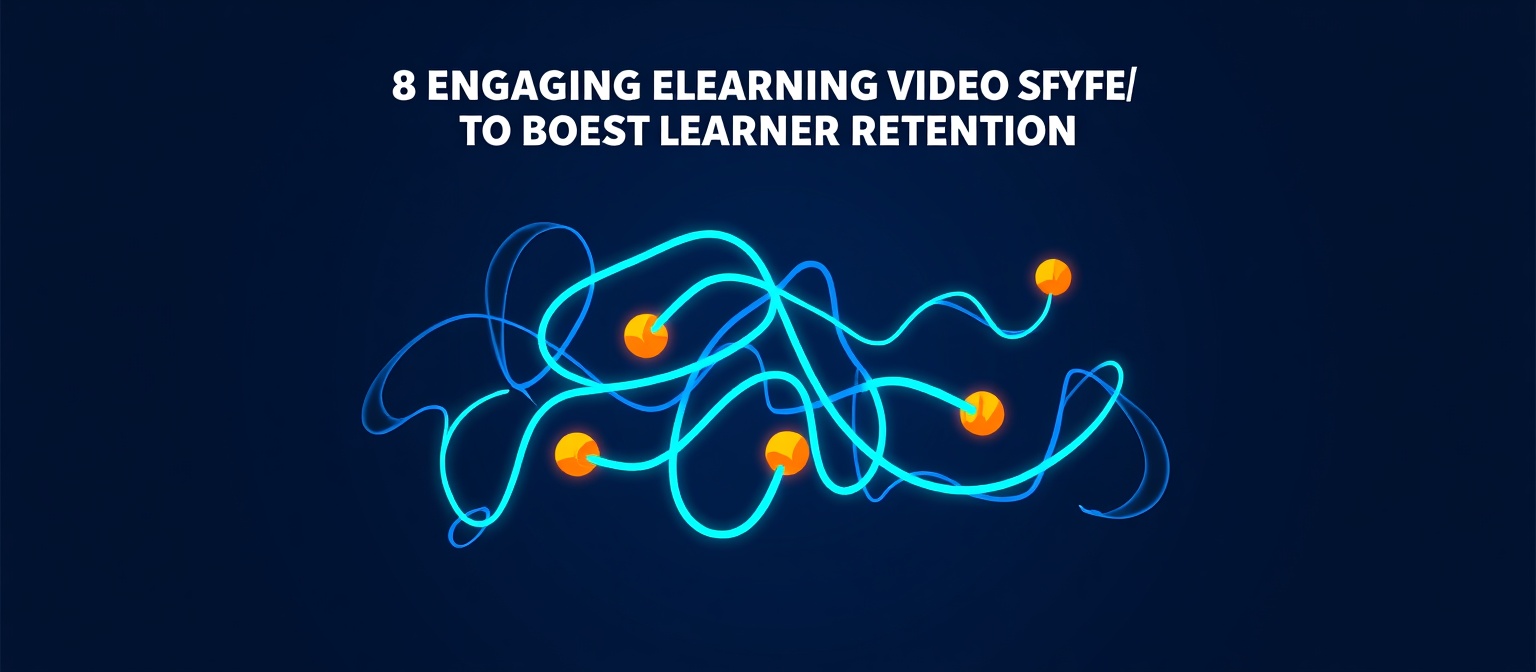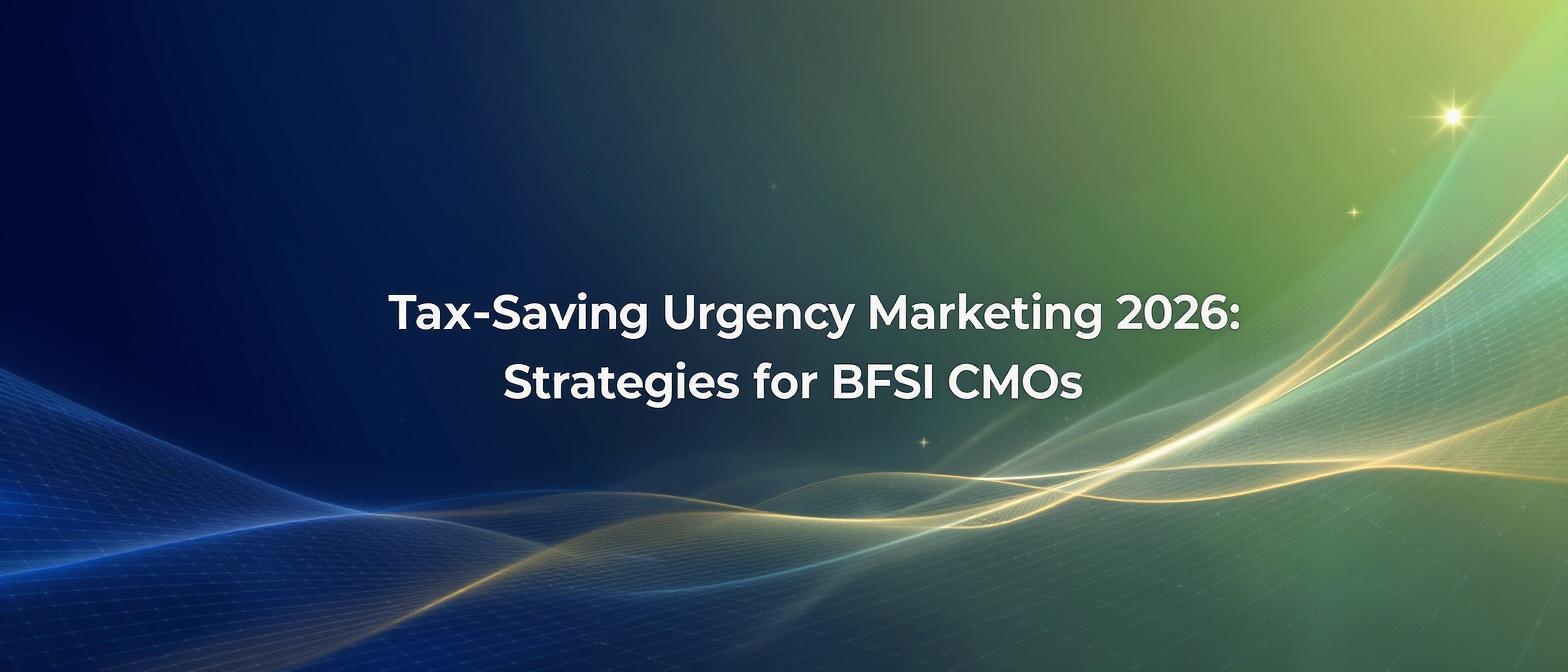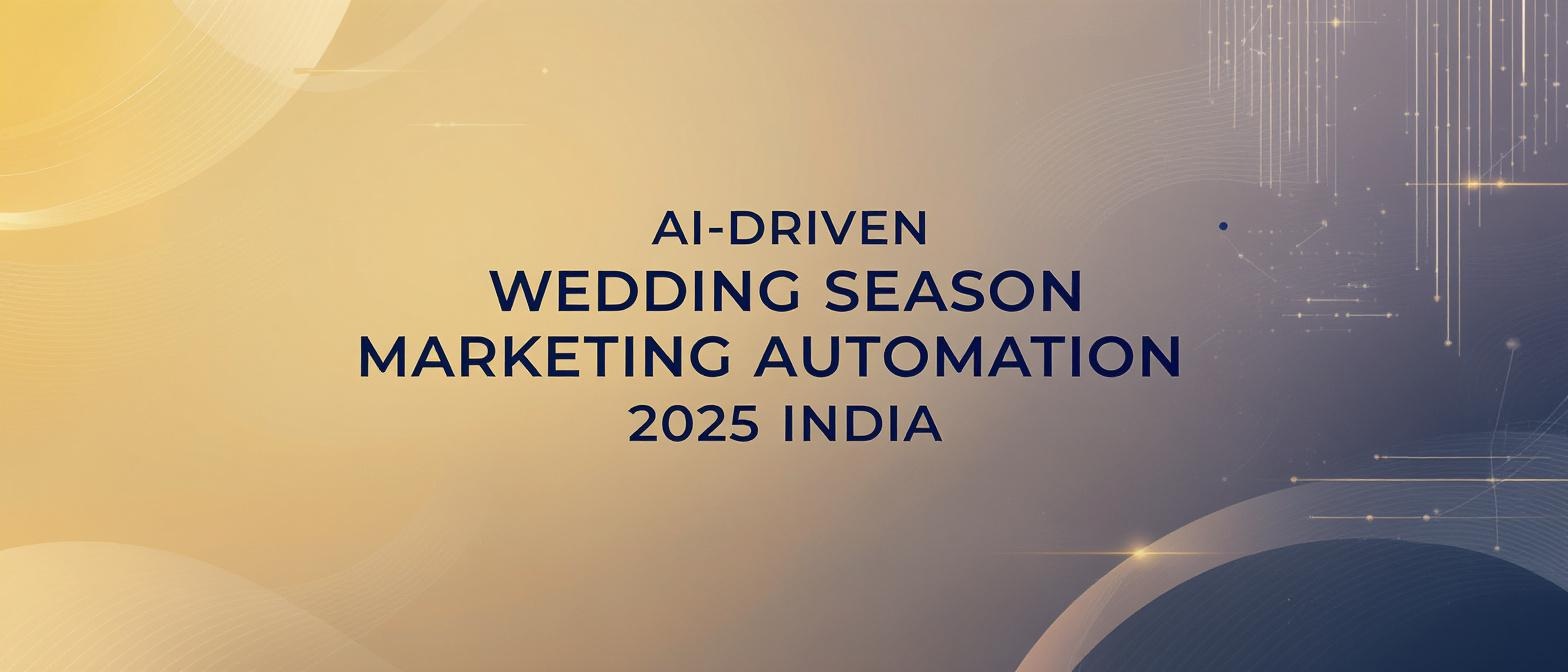The Ultimate Guide to eLearning Videos: 8 Types That Will Transform Learner Engagement in 2025
Estimated reading time: About 10 minutes
Key Takeaways
- Video-based training can dramatically boost engagement.
- Different video formats serve unique learning objectives.
- Modern AI tools, like Studio by TrueFan AI, allow faster and more cost-effective content creation.
- Strategic measurement of video ROI links learning to business outcomes.
- Embrace future trends such as AR/VR and hyper-personalized video to stay ahead.
The silent hum of the server, the endless scroll of text-based modules, the dreaded multiple-choice quiz—this is the familiar, yet uninspired, landscape of traditional eLearning. In a world saturated with dynamic content, expecting learners to passively absorb information from static slides is a recipe for failure. The critical question for L&D professionals, corporate trainers, and educators is no longer if they should use video, but how they can leverage it to captivate and educate a modern workforce. The strategic use of engaging eLearning videos is the single most powerful tool to combat digital fatigue and supercharge knowledge retention.
By 2025, the global eLearning market is projected to soar past $400 billion, yet industry reports consistently show that a significant portion of this investment is wasted on programs with abysmal completion rates. The culprit? A fundamental lack of engagement. This guide is your definitive blueprint to reversing that trend. We will dissect eight powerful types of eLearning videos, moving beyond a simple list to provide a strategic framework for choosing the right format for your objective. We'll explore the cognitive science that makes video so effective, unpack how to measure true ROI, and look ahead to the future of digital learning. It's time to transform your training from a mandatory chore into a compelling experience.
Part 1: The Engagement Crisis: Why Your eLearning Needs a Video Overhaul
To understand why video is the solution, we must first grasp the neurological problem it solves. Our brains are hardwired to forget. The "Ebbinghaus Forgetting Curve," a foundational concept in learning science, reveals a harsh truth: without reinforcement, we forget approximately 50% of new information within an hour, and 90% within a week. Traditional eLearning often fails because it's a one-and-done data dump, fighting a losing battle against our natural cognitive processes.
Video acts as a powerful countermeasure. It leverages a principle known as Dual-Coding Theory, which posits that our brains process verbal and visual information through separate channels. When a learner both hears an explanation and sees a corresponding visual, they are creating two distinct mental pathways to that information. This redundancy dramatically strengthens memory formation and recall.
Furthermore, video excels at:
- Reducing Cognitive Load: Complex topics can be broken down into digestible visual and auditory chunks, making them easier to process than dense blocks of text.
- Boosting Emotional Connection: A human face, a compelling story, or even a well-designed animation can evoke emotion, which is a powerful catalyst for memory.
- Mirroring Modern Media Consumption: Your learners spend hours on YouTube, TikTok, and Instagram. Delivering training in a familiar, high-quality video format meets them where they are, increasing buy-in and attention.
The challenge is no longer about simply "adding video." It's about deploying a strategic arsenal of video types, each tailored to a specific learning outcome.
Part 2: The Core Arsenal: 8 Essential eLearning Video Types for Maximum Impact
While the competitor's article scratched the surface, a truly effective strategy requires a deeper and more diverse toolkit. Here are eight essential video types, complete with their ideal use cases and the psychological principles they leverage to maximize impact.
1. The Animated Explainer Video
What It Is: A short, dynamic video that uses animation to explain a complex idea, product, or process in a simple and engaging way. They often feature custom characters, graphics, and a professional voiceover.
Best For: Breaking down abstract concepts, explaining company policies, illustrating software workflows, or introducing a new initiative.
Why It Works: Animation simplifies reality. By removing distracting real-world details, it focuses the learner's attention exclusively on the core message. This clarity is invaluable for foundational knowledge and conceptual understanding.
Pro-Tip: Keep the script concise and story-driven. A relatable character facing a common problem that your lesson solves is a classic, effective structure.
2. The Whiteboard Animation Video
What It Is: A specific style of explainer where content is drawn on a whiteboard by a hand in real-time. This format creates a sense of progression and continuous discovery.
Best For: Unpacking historical timelines, illustrating system architectures, visualizing data, and walking through multi-step processes.
Why It Works: The magic of whiteboard videos lies in the Spatio-Temporal Contiguity Principle. Learners see the image being created in sync with the narration, which helps the brain connect the visual and auditory elements more strongly. The constant motion keeps the eye engaged, anticipating what will be drawn next.
Pro-Tip: Use color strategically to highlight key terms or steps. A predominantly black-and-white video with pops of color can be incredibly effective at directing focus.
3. Instructor-Led & Screencast Videos
What It Is: This category combines two closely related formats. The classic instructor-led video features a subject matter expert speaking directly to the camera. A screencast captures a computer screen, often with a picture-in-picture view of the instructor, to demonstrate software or a digital process.
Best For: Leadership training, soft skills development, detailed software tutorials, and any topic where personal expertise and human connection are paramount.
Why It Works: Humans are wired to connect with other humans. Seeing an instructor’s facial expressions and body language builds trust and authority. For screencasts, it provides a clear, repeatable demonstration that learners can follow at their own pace.
Pro-Tip: For direct-to-camera videos, use a teleprompter to maintain strong eye contact. For screencasts, zoom in on critical areas of the screen and use cursor highlighting to guide the viewer's eye.
4. The Interactive Video (IV)
What It Is: The lean-forward experience. Interactive videos contain clickable hotspots, quizzes, branching scenarios, and other elements that require the learner to actively participate rather than passively watch.
Best For: Compliance training, sales simulations, customer service scenarios, and ethical decision-making exercises.
Why It Works: Interactivity transforms learning from a monologue into a dialogue. It forces active cognitive processing, which is essential for long-term retention. A 2025 study from the Association for Talent Development found that interactive learning methods can boost knowledge retention rates to as high as 90%.
Pro-Tip: Design meaningful choices. Instead of a simple "Continue" button, present a scenario where the learner must choose a course of action, with each choice leading to a different video segment that shows the consequences.
5. Microlearning "Nugget" Videos (Content Gap 1)
What It Is: Ultra-short, highly-focused videos (typically 1-3 minutes) that teach a single, specific skill or concept. They are designed for "just-in-time" learning and easy consumption on mobile devices.
Best For: Performance support, reinforcing concepts from longer modules, quick software tips, and providing answers to frequently asked questions.
Why It Works: Microlearning respects the learner's time and aligns with modern attention spans. It makes learning feel manageable and accessible. According to a 2025 report by eLearning Industry, microlearning can improve knowledge transfer by over 17% while being 50% more engaging than traditional courses.
Pro-Tip: Title your microlearning videos as clear questions or "How To" statements (e.g., "How to Create a Pivot Table in Excel"). This makes them highly searchable when a learner needs a quick answer.
6. Scenario-Based & Role-Playing Videos (Content Gap 2)
What It Is: These videos present learners with realistic workplace scenarios and challenge them to respond. They often use actors to play out situations involving conflict resolution, sales negotiations, or patient interactions.
Best For: Developing soft skills, leadership capabilities, and any role that requires nuanced human interaction.
Why It Works: This is the digital equivalent of a flight simulator for interpersonal skills. It provides a safe space for learners to observe and analyze complex social dynamics. By watching modeled "good" and "bad" behaviors, they can learn from mistakes without real-world consequences.
Pro-Tip: After showing a scenario, pause the video and use an interactive element to ask the learner, "What would you do next?" Then, show the optimal outcome and explain the reasoning behind it.
7. User-Generated & Social Learning Videos
What It Is: Tapping into the expertise of your own team. This involves encouraging employees to record and share short videos of themselves explaining a process, sharing a best practice, or celebrating a win.
Best For: Capturing tacit knowledge, fostering a culture of continuous learning, peer-to-peer onboarding, and building a library of authentic, practical tips.
Why It Works: Authenticity and social proof. Learning from a peer can often be more relatable and impactful than learning from a formal instructor. It validates the learning material by showing it being applied by real people in real situations.
Pro-Tip: Create a dedicated channel on your internal communication platform (like Slack or Teams) for these videos. Run a "Tip of the Week" contest to incentivize participation and recognize top contributors.
8. AI Avatar & Presenter Videos
What It Is: The new frontier of scalable content. These videos use photorealistic, AI-generated human avatars to present information from a script. This eliminates the need for cameras, studios, or human presenters.
Best For: Delivering standardized information at scale, creating multi-lingual training content, updating compliance modules quickly, and providing consistent onboarding experiences.
Why It Works: This format solves the "scalability vs. personality" dilemma. It provides a human-like presence without the logistical and financial overhead of traditional video shoots. Platforms like Studio by TrueFan AI enable the rapid creation of these videos, using photorealistic avatars to deliver consistent training without scheduling conflicts.
Pro-Tip: Use AI avatars to create multiple versions of the same training video, each tailored to a different department or region, simply by changing the script.
Part 3: The Strategic Blueprint: From Concept to ROI
Creating great videos is only half the battle. A successful eLearning program requires a strategic framework for implementation and measurement.
How to Choose the Right Video for Your Learning Objective
Don't choose a format just because it's trendy. Align your video type with your learning goal. Use this simple matrix as a starting point:
| Learning Objective | Primary Recommended Video Types | Secondary Options |
|---|---|---|
| Conceptual Understanding | Animated Explainer, Whiteboard | Instructor-Led |
| Procedural Skill (Software) | Screencast, Microlearning | Interactive Video |
| Procedural Skill (Physical) | Instructor-Led (Demonstration) | Scenario-Based |
| Soft Skills / Decision-Making | Scenario-Based, Interactive Video | User-Generated |
| Information Broadcast | AI Avatar, Instructor-Led | Animated Explainer |
For a deeper dive into designing effective learning paths, exploring frameworks like the ADDIE model (Analysis, Design, Development, Implementation, Evaluation) is highly recommended.
Scaling Production Without Sacrificing Quality
One of the biggest hurdles in corporate eLearning is creating content for a global, diverse audience. The cost and complexity of re-shooting videos in different languages or for different markets can be prohibitive.
This is where AI becomes a game-changer. Studio by TrueFan AI's 175+ language support and AI avatars allow a single training video to be localized for a global workforce in minutes, not months. Imagine creating a core compliance video and then, with a few clicks, generating versions in Spanish, Mandarin, and German, each with perfect lip-sync and a culturally appropriate avatar. This level of agility was unimaginable just a few years ago.
Measuring What Matters: Proving the ROI of Your Video Strategy (Content Gap 3)
Measuring the success of your video strategy goes far beyond completion rates. To prove true ROI, you need to connect training to business outcomes. A 2025 Gallup report reaffirmed that business units with highly engaged employees achieve 23% higher profitability. Effective training is a direct driver of that engagement.
Track these four levels of metrics:
- Level 1: Reaction: Did they like it? (Surveys, engagement time)
- Level 2: Learning: Did they understand it? (Quizzes, assessments)
- Level 3: Behavior: Are they applying it? (On-the-job observations, performance reviews)
- Level 4: Results: Did it impact the business? (Sales numbers, customer satisfaction scores, production errors)
Solutions like Studio by TrueFan AI demonstrate ROI through significantly reduced production costs, faster deployment of training materials, and the ability to A/B test different scripts for maximum knowledge retention. By linking these cost savings and effectiveness gains to business results, you can build a powerful case for your video learning program. For a detailed guide, consider exploring resources on the Kirkpatrick Model of training evaluation.
Part 4: The Future is Now: eLearning Video Trends for 2025 and Beyond
The pace of innovation is accelerating. To stay ahead, L&D professionals must keep an eye on the trends that are shaping the future of learning.
- Hyper-Personalization at Scale: Future learning platforms will use AI to create truly individualized learning paths. Imagine an eLearning module that dynamically adjusts the video content based on a learner's pre-assessment score, job role, and career aspirations.
- Immersive Learning (AR/VR): For hands-on training, Augmented and Virtual Reality will offer unparalleled realism. Surgeons will practice procedures in VR, and technicians will use AR glasses to see virtual instructions overlaid on real-world equipment.
- Generative AI in Content Creation: The impact of generative AI is just beginning. Industry analysis from Gartner predicts that by 2025, over 30% of new corporate training content will be created with the help of generative AI. This will automate everything from scriptwriting and storyboarding to generating entire video drafts, drastically reducing development time.
Conclusion: Stop Training, Start Engaging
The evidence is overwhelming. In the battle for learner attention, engaging eLearning videos are not just a "nice to have"—they are the essential foundation of any modern, effective training strategy. By moving beyond simple, passive content and embracing a diverse toolkit of video formats, you can create learning experiences that resonate, stick, and drive measurable business results.
The journey begins with a single step. Don't feel you need to implement all eight types at once. Choose one learning objective where engagement is currently low. Select a video format from this guide that aligns with that goal. Create a pilot, measure its impact on behavior and business results, and build your case from there. The era of boring eLearning is over. The future of learning is visual, interactive, and more effective than ever before.
Frequently Asked Questions About Engaging eLearning Videos
Q1: What is the ideal length for an eLearning video?
For microlearning, aim for 1-3 minutes. For more complex topics like instructor-led lessons or detailed explainers, try to keep segments under 6-7 minutes. If a topic is longer, break it into a playlist of shorter, sequential videos to maintain engagement and give learners natural break points.
Q2: How can I make instructor-led videos more engaging if I'm not a natural presenter?
First, focus on the content—a well-structured, passionate script can overcome a lack of polish. Use visuals like slides or b-roll to cut away from your talking head. Practice your script until you can deliver it confidently. Another effective method is using an AI avatar to present the material. Tools like Studio by TrueFan AI can create a professional, engaging presenter from a simple script, ensuring a perfect take every time and overcoming any on-camera anxiety.
Q3: What's the most cost-effective video type to start with for a small business?
Screencasting is often the most budget-friendly starting point. It requires minimal equipment—often just a good microphone and screen recording software (many of which are free or low-cost). It's perfect for software tutorials and process walkthroughs, which provide immediate, practical value to employees.
Q4: How do I ensure my eLearning videos are accessible to all learners?
Accessibility is non-negotiable. At a minimum, all videos should have accurate, synchronized closed captions. Provide a full text transcript as a downloadable resource. For visually impaired learners, consider creating a version with descriptive audio that explains key visual information. Adhering to the Web Content Accessibility Guidelines (WCAG) is the best practice.
Q5: Can video-based learning work for highly technical or compliance-heavy topics?
Absolutely. In fact, video is often superior for these topics. An animated explainer can simplify a complex engineering concept that would be impenetrable in a textbook. For compliance, an interactive, scenario-based video that forces learners to make decisions about ethical gray areas is far more memorable and effective than having them simply read a list of rules.





